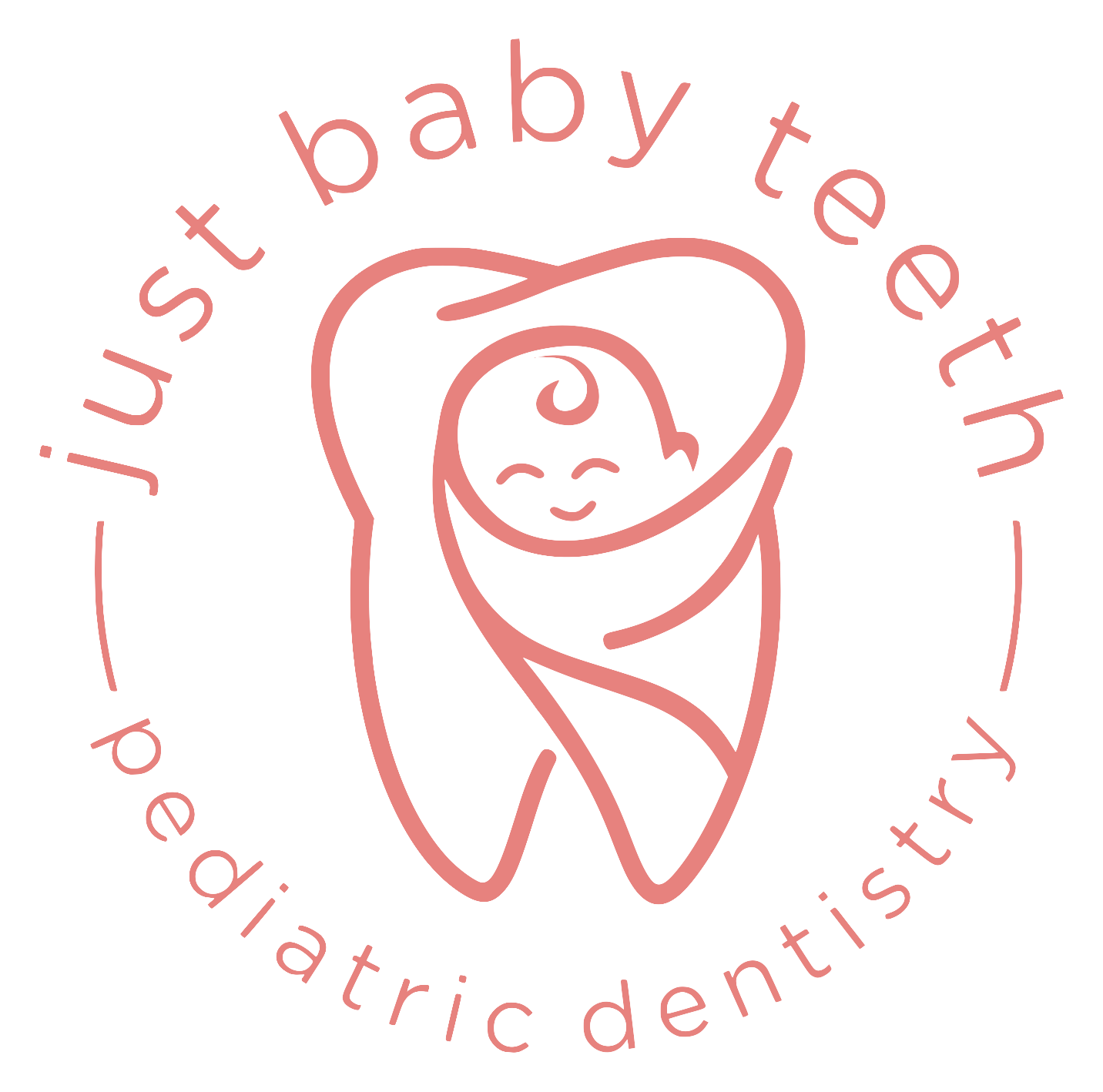Dental cavities explained
How Bacteria, Sugars, and Time Work Together to Create Cavities and How to Prevent Them
Let’s explain dental cavities in a way that is easy to understand by comparing it to a fire. In a fire, you need three things to be present: fuel, oxygen, and heat. You take away one thing and a fire won’t start no matter how much of the other two there are. You cannot start a campfire no matter how much wood and air you have if there’s no spark. You cannot start a fire on the moon with no air no matter how much wood and gasoline you bring.
It’s the same idea with dental cavities with the three things being bacteria, sugars, and time.
BACTERIA: Bacteria are tiny microorganisms that live in our mouths. They live off of the sugar and food that are left in our mouths after we eat. The bacteria use the sugar as fuel and produces acid, which then starts to break down the tooth. This acid creates a hole in the tooth, which is the start of a cavity.
SUGAR: Sugars provide the fuel for the bacteria. When we eat sugary foods, the bacteria in our mouth feed on the sugar, and they produce acid as a waste product. This acid then erodes the tooth enamel, which eventually leads to a cavity.
TIME: Time is the most important factor in the formation of dental cavities. It takes time for the bacteria to break down the sugar into acid and for the acid to erode the tooth enamel. If we disrupt the timing, we can prevent cavities. For example, if we brush our teeth after eating sugary foods, we can remove the food particles and sugar from our mouths, preventing the bacteria from having the chance to produce acid and form cavities.
So, just like a fire needs fuel, oxygen, and heat to burn, dental cavities need bacteria, sugars, and time to form. By understanding the role of each factor, we can take steps to prevent cavities and keep our teeth healthy. We will explain these steps in the next article.
